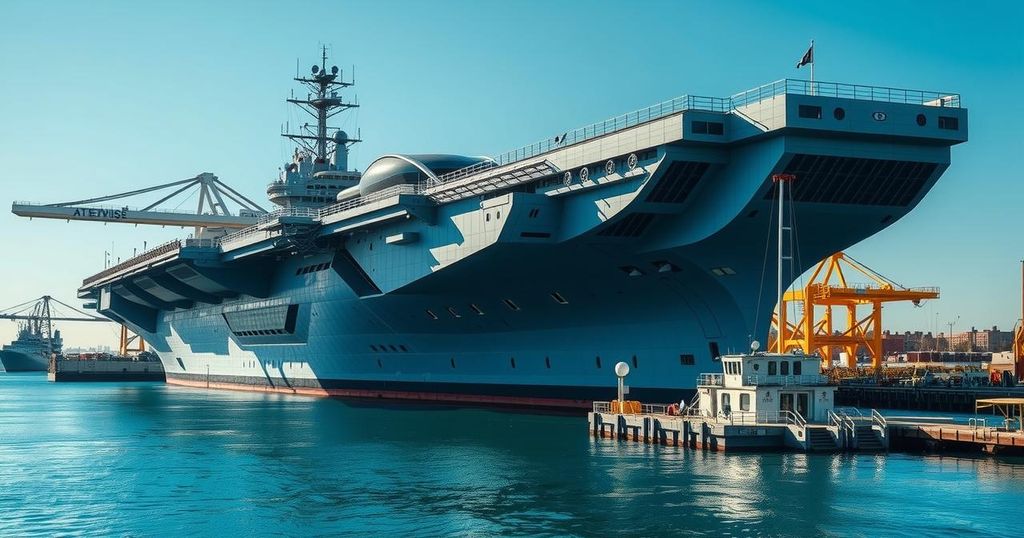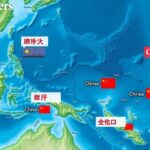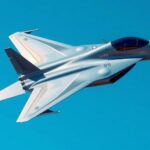China’s Fujian Aircraft Carrier Approaches Operational Readiness
China’s third aircraft carrier, the Fujian, is nearing operational status, having completed several sea trials. The vessel features an advanced electromagnetic catapult system, distinguishing it from the country’s existing carriers. Anticipated flight tests will involve the J-15T and J-35B combat aircraft, reflecting advancements in China’s naval aviation.
China’s third aircraft carrier, the Fujian, is poised to enter active service later this year. Having been launched in 2022, the 80,000-metric-ton ship has recently embarked on its seventh sea trial, which experts believe may focus on testing its advanced electromagnetic catapult system and arresting cables. Observations indicate it departed without large aircraft, potentially suggesting preparations for fixed-wing jet fighter evaluations.
Currently, China operates two carriers: the Liaoning and the Shandong, which utilize steam catapults and ski-jump ramps. In contrast, the Fujian’s electromagnetic system is designed to enhance launch and recovery efficiency while being more energy-effective. This innovative technology positions the Fujian as the second carrier globally to adopt such a system, following the USS Gerald Ford of the U.S. Navy.
As the sea trials progress, expectations are high for the testing of China’s combat aircraft, specifically the J-15T and J-35B. These aircraft are adaptations of the original models designed to utilize the new catapult and arresting gear, marking a significant advancement in China’s naval aviation capabilities.
In summary, the Fujian aircraft carrier is on track to become operational within the year, showcasing significant technological advancements in its electromagnetic catapult system. This development represents a notable shift from China’s previous carrier designs and positions it alongside the USS Gerald Ford as a modern naval asset. The upcoming flight trials involving the J-15T and J-35B aircraft will further confirm the ship’s operational capabilities and enhance China’s military readiness at sea.
Original Source: www.avweb.com








Post Comment